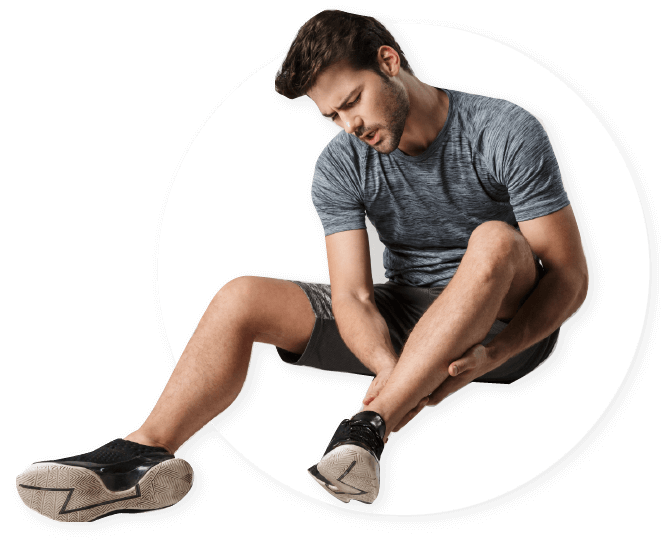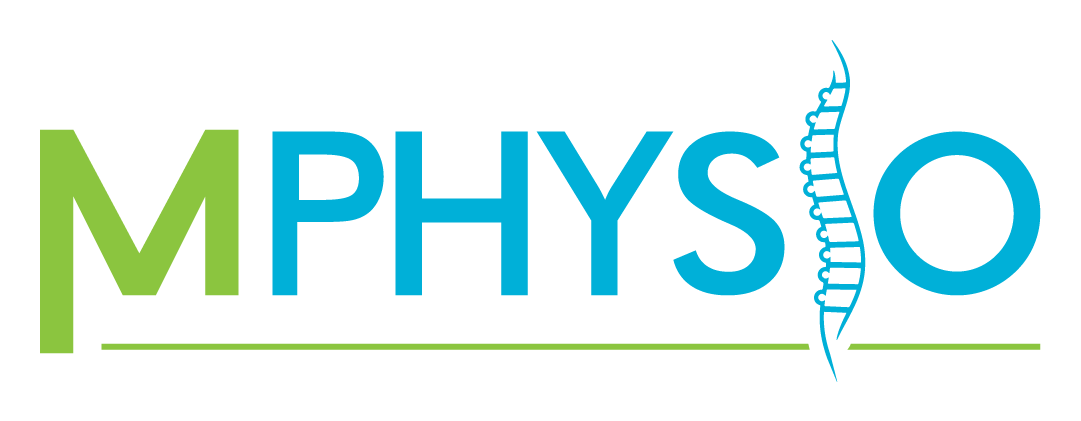Muscle Strains and Tears
What kinds of injuries affect muscles?
The most obvious one is a muscle strain or tear. The term “strain” is usually used to describe a mild, or grade 1 tear. This is a tear of less than 10% of the muscle fibres, strands of muscle tissue within the muscle belly. The term “tear” is usually used to describe something more serious, i.e. a grade 2 muscle tear, in which up to 90% of the fibres are damaged. When a muscle tears completely, that is usually referred to as a “rupture”. In this case, 90-100% of fibres have been damaged. “Avulsion” is another term used to describe complete rupture, but is normally used to describe a situation where the tendon of the muscle is torn from the bone. Muscle strains and tears usually occur as either an overstretch of the muscle, or contracting under too much load for the muscle to handle.
What happens to the body?
Muscle tears involve disruption of the fibres that shorten the muscle belly, which in turn disrupts the muscle’s ability to move you. If muscles fibres are torn, these fibres won’t be able to add to the amount of force that your muscle can produce. This will weaken the muscle, and will most likely cause pain as your try to contract your muscle. If you try to stretch the muscle, this can potentially pull on the damaged muscle fibres, which can also lead to pain and muscle guarding. At this point, you may start to notice changes in your biomechanics (body movement), which can lead to completely new issues. If you have completely ruptured a muscle, this means you will be unable to contract the muscle at all. With a complete rupture, you may notice the muscle belly ‘bunching’ at one end.
What to do and what not to do?
Depending on the type of tear, the treatment will be different.
- Generally, if a muscle has been torn due to over-stretching the muscle, avoid stretching it further in the short term.
- Generally, if a muscle has been torn due to its maximal production of force, avoid heavy lifting.
- In both cases, in general, beginning a light, active movement activity for that muscle (for example, just against gravity) can assist in the healing process.
- Initially, using ice can help to reduce pain. This can help to numb the area. Avoid using for prolonged periods of time as this can lead to a burning effect on the skin.
- Compression support can help during the initial phase, and during the first few weeks of your injury. This can help to reduce swelling and may help with blood flow (blood is essential for healing)
- Heat (heat packs or heat rubs) should be avoided if there is any redness or swelling. Redness and swelling are signs of inflammation, which may increase with the addition of heat. Once that redness and/or swelling has subsided, heat can be a nice way to relax the muscles and make them suppler to allow movement.
- Avoid painful movements unless instructed otherwise. Pain is your brains way of saying there is something wrong with a body part. Generally avoiding painful activities is a good idea. Sometimes your physiotherapist may encourage you to work through the pain, but leave that one to their discretion.
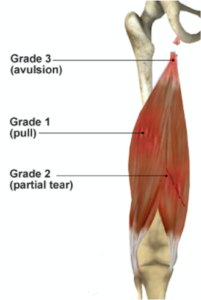
Muscle Weakness and Imbalance
What kinds of injuries affect muscles?
Other injuries or conditions that may affect muscles are strength/weakness imbalances, which may be as a result of a systemic condition such as muscular dystrophy, Parkinson’s Disease, multiple sclerosis etc., altered biomechanics (changes in the way that you move, which is often a response to another injury), or simply as a result of not-so-ideal posture. Sometimes, something as little as delayed timing of muscle contraction can lead to vast changes in biomechanics.
What happens to the body?
When there is weakness or imbalance in the body, as with muscles strains and tears, we can often start to notice changes in our biomechanics. When our biomechanics change, it usually results in a movement pattern that places increased stress on a different part of the body. This can lead to pain and fatigue, and can become a vicious cycle of changes that, if left unchecked, can leave us unable to perform our normal activities. With other conditions of the body that affect the muscles, there may be a host of different mechanisms affecting you. For Parkinson’s Disease, for example, the underlying condition is affecting the brain, but it may present as muscle weakness, loss of stability and tremors.
What to do and what not to do?
- As with muscle tears, avoiding painful movements is a good idea, unless instructed otherwise.
- Generally, avoiding resistance training on machines is a good idea, as these can further increase imbalances in the muscles, and often result in weak stabiliser muscles.
- Pay close attention to the way you move. Is it the same on both sides of the body? If not, tell your physiotherapist about it.
- Heat, such as heat packs and rubs, may be used to relieve muscle aches and pains.
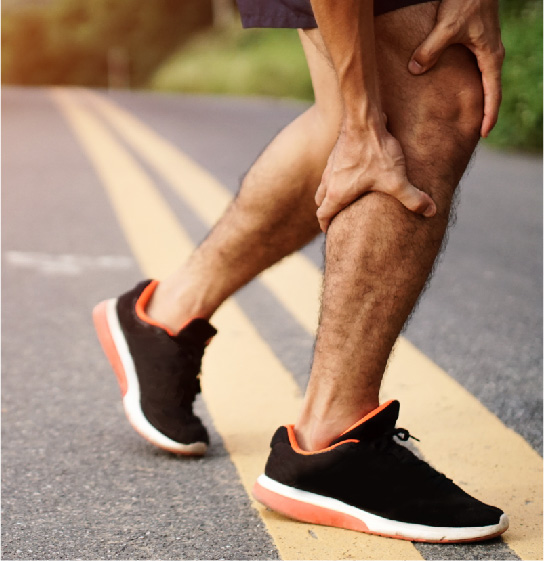
Trigger Points and Overactivity
What kinds of injuries affect muscles?
Trigger points (also known as “knots”) and overactivity of a muscle are usually a sign of other conditions affecting your body. Trigger points are groups of muscle fibres that are chronically contracting, which can be painful, and cause the muscle to become weak and tired. The can happen if the muscle is too weak, as it has to work harder than normal to perform its work, or if the muscle is too strong, as it begins to take over roles that it is not designed for.
What happens to the body?
If trigger points and/or muscle overactivity occur, there is usually another underlying problem that is causing it. That may be muscle weakness or imbalance, or a variety of other possible causes. There are different theories about what trigger points actually are, and the science behind it is dubious at best, but the most commonly accepted theory is that it is a group of muscle fibres that spasm or cramp. This cramp chokes off the muscle fibre’s own blood supply, which leads to more irritation and a build-up of metabolic waste. This metabolic waste is what causes pain. Muscle overactivity is what the label suggests. If a muscle becomes overactive, it is usually compensating for something else. This is where the relationship with muscle weakness and imbalance comes into it. Muscle overactivity can lead to further pain and weakness, for similar reasons to trigger points, i.e. a build-up of metabolic waste as a result of the muscles constantly working hard. Overactive muscles often present with trigger points themselves.
What to do and what not to do?
- Massage can be a nice way to reduce the pain associated with trigger points and muscle overactivity. This encourages blood flow, which can help to flush out the metabolic waste build up.
- Heat, such as heat packs and rubs, may be used to relieve muscle aches and pains.
- Items such as trigger point balls, spikey balls and other massage devices may help to relieve some aches and pains associated with trigger points and muscle overactivity.
- Gentle stretching may help to relieve muscle aches.
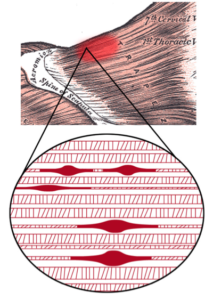
How Do I Know I Suffer From A Muscle Injury Or Condition?
The first thing you may notice as a result of a muscle injury is pain, and/or weakness. The best method for diagnosing this condition is a physical assessment, which all Musculoskeletal Physiotherapy Australia Clinicians are highly skilled at performing. During the physical assessment, your physiotherapist will assess muscle length, strength (or lack of), bulk (or lack of) and activity, including trigger points.
